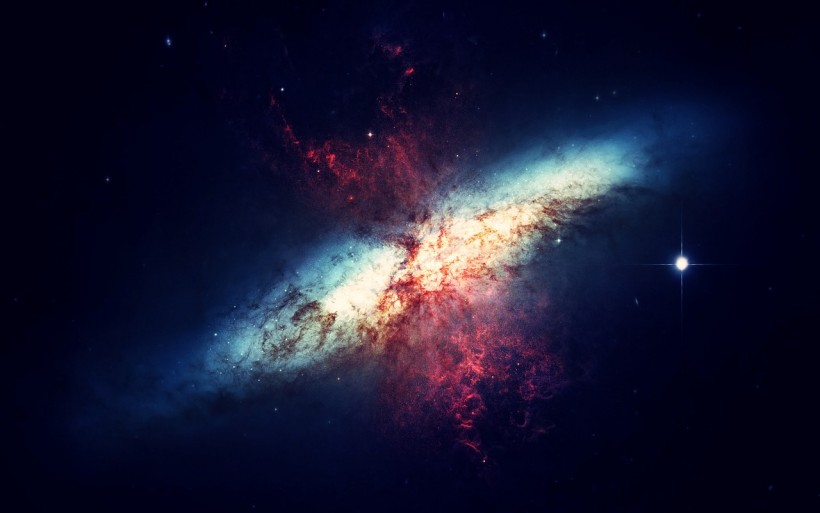Theories suggest that matter was thrown outward at the beginning of the universe that gradually formed into planets, stars, and galaxies. Scientists have been trying to comprehend the forces that controlled the formation and growth of the cosmos by meticulously creating a map of all matter in the universe.
Science Daily reports that a collaboration of scientists, including some from the University of Chicago and the Fermi National Accelerator Laboratory, recently published one of the most detailed maps ever that show how the matter was distributed in the cosmos today.

New Map of All Matter in the Universe Boasts One of the Most Accurate Measurements Ever Made
Creating the Precise Map of All Matter in the Universe
The Big bang Theory is perhaps scientists' best guess on how the universe started. It postulates that the Big Bang created all the matter in the universe in extremely hot, intense moments about 13 billion years ago and that matter was thrown outward, cooled down, and clumped as it goes.
Scientists are interested in studying this matter and seeing where it ended up or how they could recreate what happened and what forces were involved in it. But the first thing they needed to do is collect a vast amount of data using telescopes.
The team's research was published in three separate research in the journal Physical Review D, which employed combined data from two telescope surveys. The first one is from the Dark Energy Survey, which surveyed the sky for six years from the mountaintop of Chile; the second one is using the South Pole Telescope which looks for faint traces of radiation traveling across the sky from the few moments of the universe.
UChicago astrophysicist Chihway Chang, one of the lead authors of the research, explained that combining the two methods to look at the sky lessened the chances of error in one of the forms of measurement. In other words, it acted as a cross-check to produce a robust measurement better than existing ones.
The analysis of both methods focused on gravitational lensing which looks at how light passes objects with lots of gravities, catching regular matter and dark matter. Through rigorous analysis, of these two sets of data, scientists were able to infer where all matter ended up in the universe as accurately as possible and better than previous measurements.
READ ALSO: Largest 3D Map of the Universe Tells The Complete Story of the Expansion of the Universe
Matter is Not As Clumpy As Previously Thought
The findings were consistent with the hypothesis of the universe currently in use. But some evidence suggests the existence of a crack that has been previously identified by other studies. University of Hawaii astronomer Eric Baxter said the findings seem to point to fewer fluctuations in the contemporary universe than previously anticipated.
Moreover, the press release via EurekAlert! reports that the investigation shows that matter is not as "clumpy" as predicted based on the current best model of the universe, which adds to a growing body of evidence suggesting our present conventional model of the universe is incomplete.
Scientists think that f more investigations provide the same results, it indicates that something is missing from the current model of the universe. That suggests more research is needed as the data are not yet at the statistical threshold that scientists regard to be ironclad.
However, the analysis is significant since it derived relevant information from two quite distinct telescope surveys. As additional huge telescopes come online in the next decades, this is a much-anticipated approach for the future of astrophysics, although few have actually been carried out.
RELATED ARTICLE: New Interactive Map of the Universe Allows People To Scroll Through the Cosmos to the 'Edge of What Can Be Seen'
Check out more news and information on Universe in Science Times.










!['Cosmic Glitch' in Einstein's Theory of General Relativity Could Be Explained in This New Scientific Tweak [Study]](https://1721181113.rsc.cdn77.org/data/thumbs/full/53435/258/146/50/40/cosmic-glitch-in-einsteins-theory-of-general-relativity-could-be-explained-in-this-new-scientific-tweak-study.jpeg)



